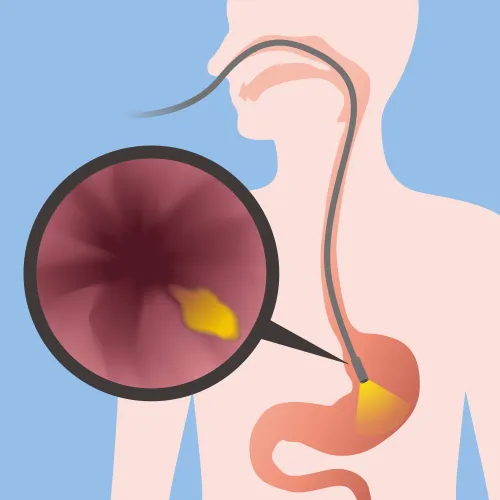Understand Full Meaning of Separate Procedure

Question: Our payer is stating that 31231 and 31237 cannot be billed together on the same date of service (DOS). How should I get both procedures paid? Montana Subscriber Answer: Have a look at each respective code description: The first thing you’ll notice is that each respective code has the phrasing “separate procedure” included in the code description. Before checking National Correct Coding Initiative (NCCI) edits, there are a few details about separate procedure codes you should be aware of. First, as described in the NCCI’s General Correspondence Language and Section Specific Examples, the Centers for Medicare & Medicaid Services (CMS) states that, “the inclusion of this statement (separate procedure) indicates that the procedure can be performed separately but should not be reported when a related service is performed.” Furthermore, CMS explains that “a ‘separate procedure’ should not be reported when performed along with another procedure in an anatomically related region through the same skin incision or orifice, or surgical approach.” So, when examining 31237 and 31231, you’re working with two anatomical similar procedures in which the endoscope is inserted via the nasal canal. Therefore, these codes are ineligible to be reported together based on the guidelines above. These points are further driven home when you perform an NCCI edits check between 31231 and 31237. You’ll find a modifier status of “0” when pairing these codes, indicating that the column 2 code, 31231, is bundled into 31237. Coder’s note: Keep in mind that there are instances where it’s appropriate to report two “separate procedure” codes as long as they don’t overlap anatomic site and/or incision or orifice. However, you may be required to append an overriding modifier such as 59 (Distinct Procedural Service) or X{EPSU} (for Medicare Part B claims) to indicate to the payer the services are unrelated.




